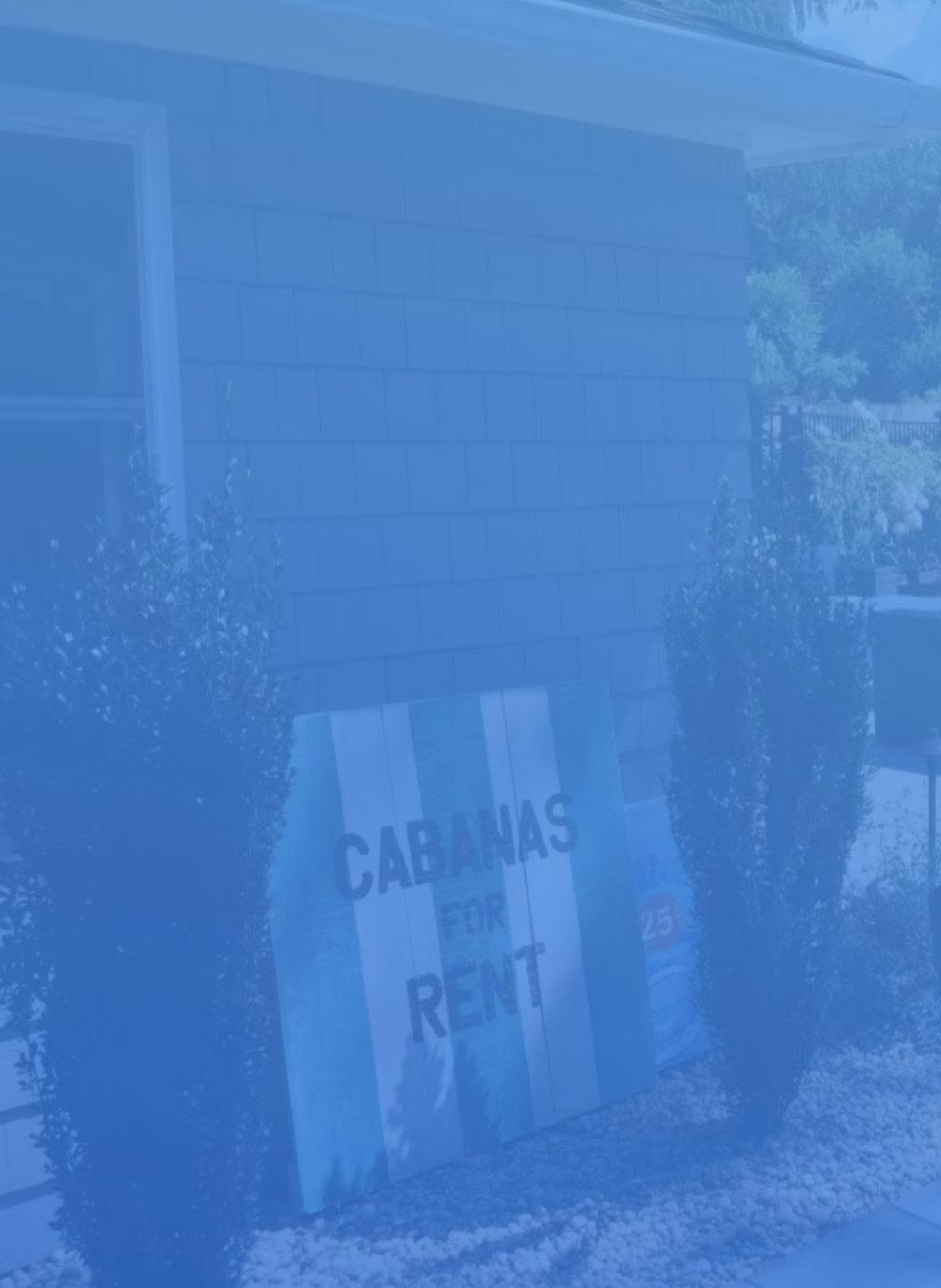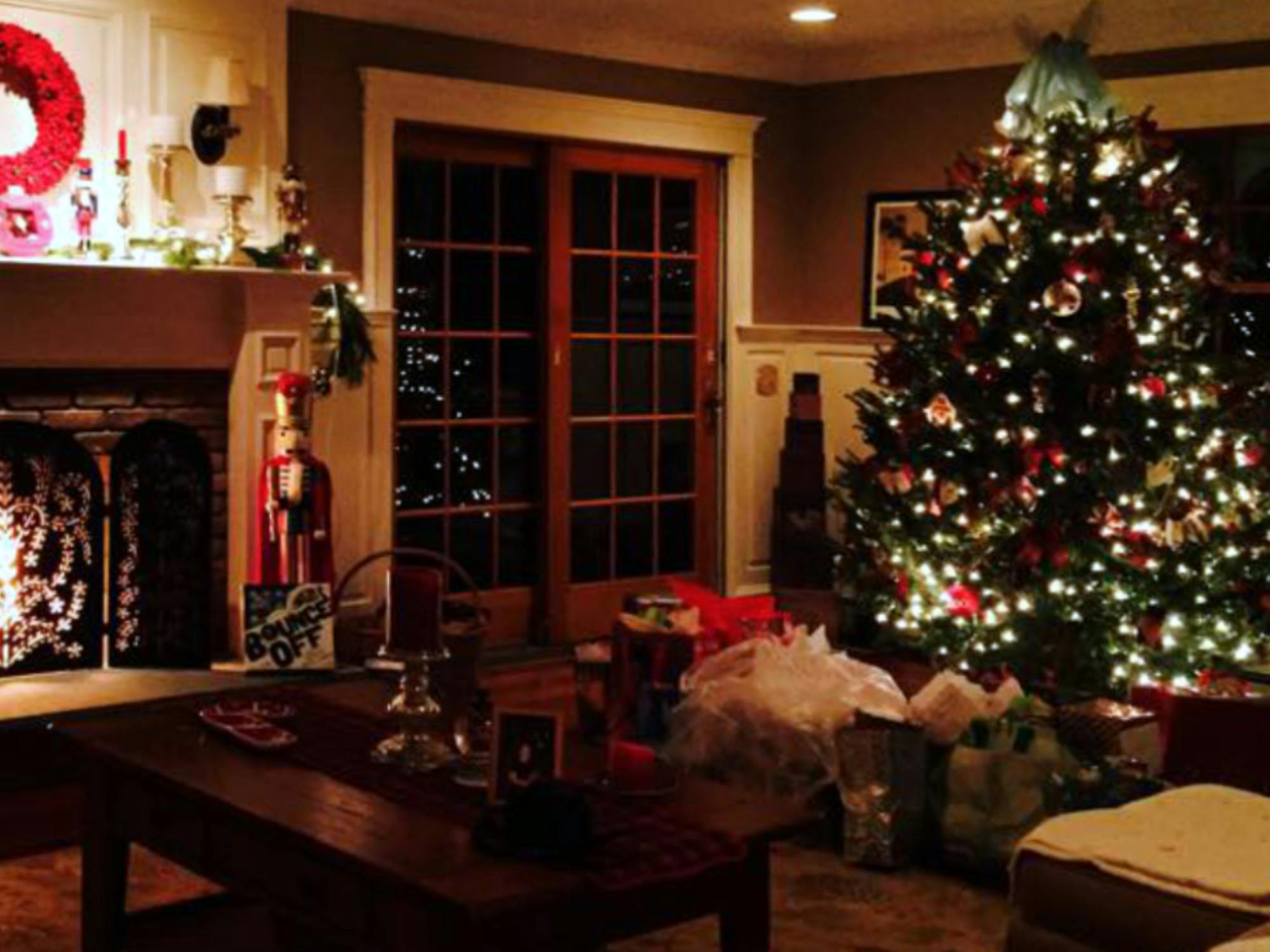Christmas Tree Tips
Taking Care of Your Fresh Cut Christmas Tree
It's holiday time on Long Island, NY with twinkling lights, family gatherings, and the beautiful Christmas tree. If you bought a fresh cut Christmas tree, you know that you need to take some care in where you place it and how you take care of it over the next few weeks.
But before we get into the nitty-gritty of tree care, we want to tell you a bit about the type of tree that may be decked out in your living room. The four most popular Christmas trees in Nassau and Suffolk Counties are first:
- Balsam
- Douglas
- Fraser
- Noble
Yet, there's more to firs than their names or their dark green to greenish-blue colors:
- Balsam firs were first mentioned in 1768. In nature, the balsam is a medium-sized tree that can reach 40 - 60 ft. in height and 1-1 ½ ft. in diameter. On a Christmas tree farm, it takes 9-10 years to grow a full size Christmas tree at 6-7 ft. Its pyramid shape ends with a thin, spire-like tip and its evergreen smell fills your home. Balsams have a deep, dark green color and its cousin is the Fraser fir. Besides its use as a Christmas tree, the Balsam fir is used for light frame construction, interior knotty paneling and crates. And its resin is used in manufacturing microscope slides.
- Douglas firs are not considered true firs. In the wild, Douglas firs can grow to a height of 70 - 250 ft. tall. Douglas fir needles are green or bluish-green and smell sweet when crushed. Douglas firs grow after forest fires in wetter soils, and these trees can live for up to a 1,000 years. Their thick bark enables them to survive moderate forest fires compared to other evergreens. The Douglas fir is a popular Christmas tree in the Pacific Northwest since the 1920's. It's shipped to many states throughout the U.S., including the Hawaiian Islands. Some Asian countries also import American Douglas firs for Christmas trees. In commercial uses, the Douglas fir is used in construction, laminated timbers, plywood, high grade veneer, interior trim, cabinet work, pallets, boxes, ladders and flooring. It's also one of the most popular softwoods that is exported overseas.
- Fraser fir is one of the most popular Christmas trees. Its needles are a dark blue-green color with a pleasant scent and great needle retention. It retains its shape even if it's shipped to other states. North Carolina grows the most Fraser firs. The Fraser fir is named after John Fraser, a Scottish botanist who lived from 1750-1811. In nature, Fraser firs grow along the Southern Appalachian Mountains, in elevations above 4,500 feet. The Southern Appalachian Mountains extend from southwest Virginia through western North Carolina and into eastern Tennessee. According to the National Christmas Tree Association, the highest native grown Fraser firs are on Mt. Mitchell in North Carolina at 6,684 ft. elevation, the highest U.S. point east of the Mississippi River.
- Noble fir's heavy branches make it the perfect tree for holding heavy Christmas decorations. Its branches are used for wreaths, garlands, and other holiday greens. In nature, the Noble fir can grow over 200 feet tall. The needles are bluish-green—but look silver because of the way that they lay on top of each other. And the Noble fir's pine cones are large and heavy. The tree is native to the Siskiyou Mountains in northern California and parts of Oregon and Washington. Its strong wood is lightweight and the Fraser fir is loved for its light color and uniform straight grain. Fraser fir's wood is easy to work with and it's used to make siding, paneling and doors. During World War II, the R.A.F. Mosquito planes' frames were built with Noble fir wood.
Here are 11 tips for taking care of your Christmas fir tree this holiday season
- Make sure that you keep your tree well- hydrated.If you can't take it indoors right away, put it in a bucket of water until you can put it in a stand.
- When you put your tree up indoors, make sure that your tree stand can hold one quart of water per inch of stem diameter.
- Make sure that your Christmas tree fits in your tree stand.
- Keep your tree away from your fireplace, heating vents, direct sunlight, and other heating sources.
- Make sure that the base of the tree is submerged in water.Check it on a daily basis.
- Use indoor, low heat lights on your tree.
- To avoid a fire, don't overload electrical circuits.
- Turn off your tree lights when you leave your home or go to bed.
- Remove your tree as soon as it dries out or right after Christmas.
- Don't burn your Christmas tree or greens in your woodstove or fireplace because of the risk of a house fire.
- If you can, recycle your tree for mulch.Some communities will take your trees for free.Check your local municipality to see if and when they'll pick your tree up at the curb.
We, at Autumn Leaf Landscape Design, wish you and your family a very Merry Christmas and a Happy New Year.

Contact Information
Fill up the form and our Team will get back to you within 24 hours.

